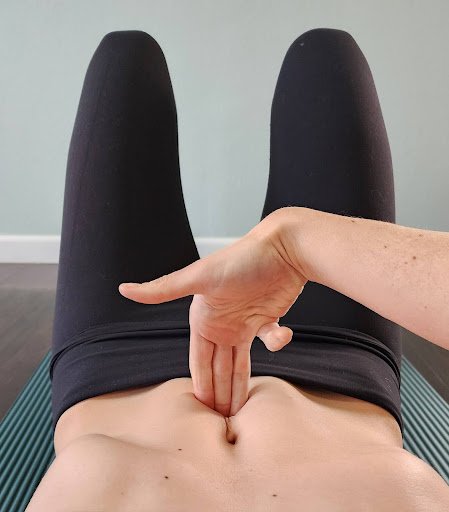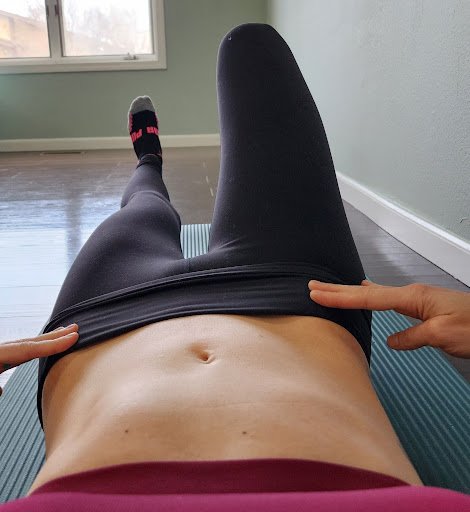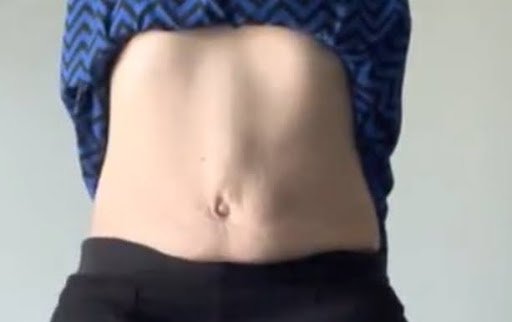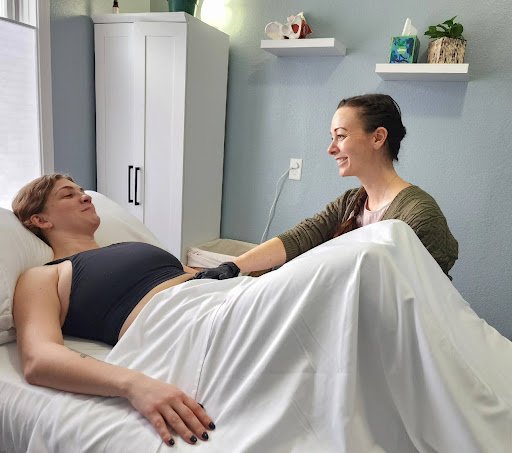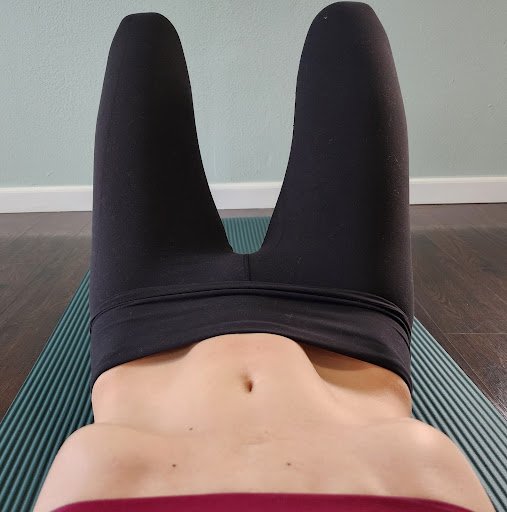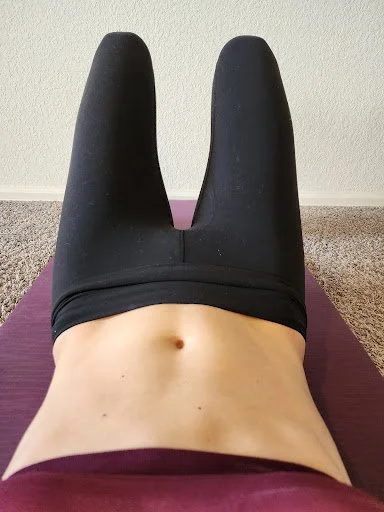Diastasis Recti Testing, Beyond Doming
Everything online about postpartum bellies is focused on “doming” or “coning”. This is when the middle of your abdomen domes forward beyond your six pack muscles. It frequently is visible during a sit up, coughing, or lifting your legs. It is known as a diastasis rectus abdominis (DRA). A DRA is a separation between the 6-pack muscles that can occur with prolonged stretching of the connective tissue between the muscles. Pregnancy is one cause of a DRA. This alteration of your core changes how the body handles pressure, movement, and workload. This plays a role in more than just your appearance, but also affects your core strength, and may even increase your risk of developing pelvic dysfunction.
There is so much more beyond doming and the width of the gap. What about the women who have a gap, but don’t dome? What about women with a tiny gap, but notice a difference in their abdomen’s appearance and strength?
The tests listed below are for everyone, doming or not. The subject in the case doesn’t dome, but has obvious changes postpartum. As a pelvic therapist, I believe everyone should have a pelvic therapy postpartum checkup. However, if you would like some ways to check your abdomen at home, try these.
Curl up Test
Lie down and curl your shoulders and head up off the ground. Check the following items listed below.
Width
Find the middle of your 6 pack muscles. The full width is measured in a more relaxed position, however, that is hard to do at home. So keep your curl up position low for this one. Check above, at, and below the belly button. Can you feel a gap? Can you fit more than 2 fingers in? (2 fingers is roughly 2cm)
This may be where some notice the doming. If you did, was it a hard or soft dome?
Depth and Tension
How deep can your fingers sink into the gap? A soft deep gap may indicate a lack of deep muscles turning on.
The 6-pack Muscles
On either side of the gap, press on the 6-pack muscles. Do they feel tensioned? Are they hard or easy to move during a curl-up?
What is Happening Around the Gap?
Ideally the abdomen would have a relatively flat appearance. In the photo, the 6 pack muscles and ribs stick out because the deepest core muscle is not helping out.
Rib Flare
The ribs should not move wide during a curl up test. They should stay close to the same angle as at rest. Observe your ribs at the point demonstrated before and after your curl-up.
The photo demonstrates a rib angle that is widening.
Active Straight Leg Raise
Lay on your back and bend one knee. Place your hands right above your hips on your pelvis. Keep your other leg straight and raise it until it lines up with the bent knee.
What Happens to Your Back and Pelvis?
Does your back lift off the ground and pelvis tilt like in the photo? Do your ribs stick up like in the photo?
Is this difficult or painful?
Thinking back to the other ways we checked your abdomen during the curl up test, notice anything?
A strong coordinated core would resist these motions.
Pelvis Rotation
Does one side of your hips/pelvis raise and rotate like in this photo?
Strong deep core muscles would limit rotation.
Double Leg Lift Test
Laying flat, bend both knees and lift the legs to the position shown below. Your legs will be in a table top position. If this is difficult, try one leg at a time.
Abdomen Checks and Pelvis Position
Place your hands on your belly and pelvis to check for all the things you have learned.
Doming? Rib changes? Low back arching?
This photo demonstrates the ribs sticking up, and back arching off the ground.
If you have doming, this test may make it pronounced. Lifting both legs is a challenge for the deep core.
Cough Test
Lay on your back, cough, and check your belly.
Observe the Belly
Is there doming? Does the belly pull in at all before or during the cough?
Coughing places pressure on the pelvis and is a common time that people leak urine. This is an important test for checking how your body handles the pressure from a cough.
What a Therapist at Insight Checks
We check all of the tests above, but while observing the abdominal wall, the pelvic floor is monitored. The pelvic floor works with the abdominal wall to support your core during these movements. It even gives us insight into how to treat bowel and bladder function.
Before and After
Coordination of the abdominal wall and strengthening of the deepest muscles was key for this individual. Learning to coordinate the muscles and the breath can allow you to return to any exercise you would like! Don’t let fear hold you back from what you love.

